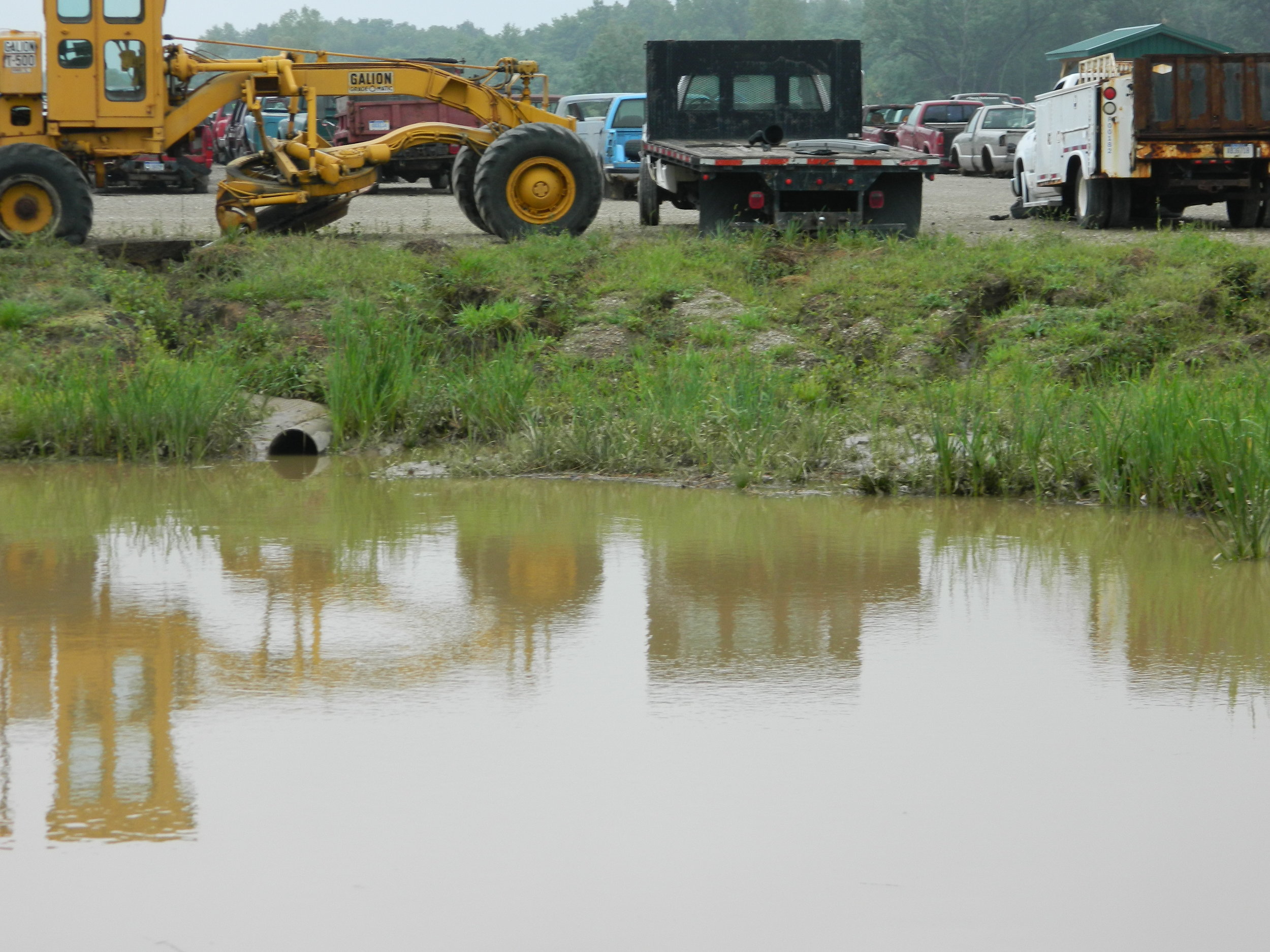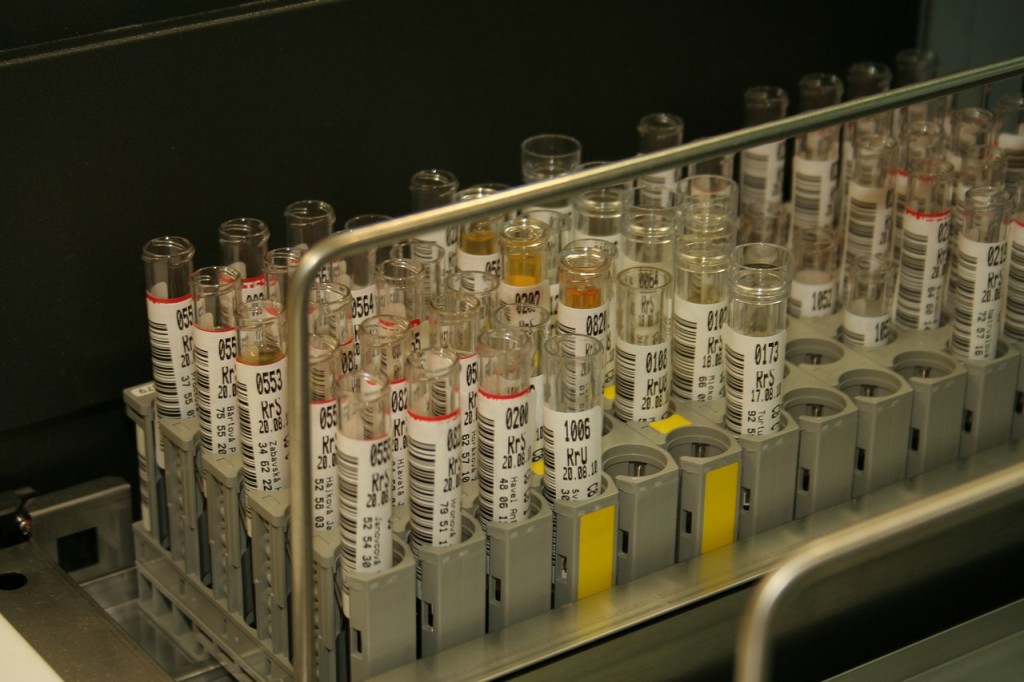Comprehensive Liquid Waste Disposal: Solutions for Houses and Companies
Comprehensive Liquid Waste Disposal: Solutions for Houses and Companies
Blog Article
How Liquid Waste Disposal Works: A Thorough Overview of Techniques and Technologies Employed

Introduction of Fluid Waste Kind
The intricacy of liquid waste types demands a complete understanding of their attributes and ramifications for disposal. Liquid waste can generally be categorized into a number of types, including industrial, municipal, agricultural, and harmful waste. Each group displays unique homes, requiring details monitoring techniques to minimize environmental and wellness risks.
Industrial fluid waste originates from manufacturing procedures and frequently contains a variety of impurities, such as heavy metals, solvents, and natural compounds. Community fluid waste, mainly consisting of wastewater from houses and industrial facilities, has organic matter, nutrients, and virus (industrial wastewater treatment). Agricultural liquid waste, including drainage from ranches, may have fertilizers, chemicals, and pet waste, posing dangers to water top quality and ecosystems
Dangerous liquid waste is identified by its toxicity, sensitivity, or possible to create injury. This classification consists of materials like acids, bases, and particular chemicals that demand strict handling and disposal procedures. Comprehending these varied fluid waste types is essential for establishing reliable disposal methods and making sure conformity with ecological regulations. Correct category and characterization are crucial for carrying out proper therapy techniques and lessening the damaging influence on public wellness and the environment.
Physical Therapy Techniques

Testing is the first action, where bigger bits and particles are removed from the fluid waste using displays or grates. In sedimentation containers, larger bits settle at the bottom, creating a sludge layer, while the cleared up fluid can be more treated.
Filtering is another important approach that includes passing the fluid through porous materials, such as sand or membrane layers, to capture smaller sized particles. This step enhances the high quality of the liquid, making it appropriate for subsequent therapy procedures.

Chemical Therapy Techniques
Chemical therapy strategies are crucial for effectively handling liquid waste, especially in addressing liquified and colloidal pollutants that physical methods may not appropriately eliminate. These strategies make use of different chemical representatives to reduce the effects of, speed up, or change harmful substances into much less harmful forms.
One usual technique is coagulation and flocculation, where chemicals such as alum or ferric chloride are contributed to advertise the aggregation of put top article on hold particles. This procedure about his boosts sedimentation, allowing for much easier removal of the resulting sludge. Furthermore, oxidation procedures, using agents like chlorine or ozone, are employed to break down complicated organic compounds and virus, providing the waste safer for discharge or more treatment.
Neutralization is one more crucial method, which adjusts the pH of acidic or alkaline waste streams to neutral degrees, stopping potential injury to downstream systems and the environment. Furthermore, progressed oxidation processes (AOPs) use combinations of oxidants and ultraviolet light to break down relentless toxins, achieving a greater level of therapy performance.
Organic Treatment Processes
Organic treatment processes play a crucial role in the monitoring of fluid waste by using bacteria to disintegrate organic matter and decrease impurity levels. These processes can be broadly categorized into cardio and anaerobic treatments, each using specific microbial neighborhoods to attain effective waste degradation.
Aerobic treatment involves making use of oxygen to facilitate the failure of organic products by germs. This procedure is typically executed in triggered sludge systems, where oygenation storage tanks provide a helpful environment for microbial growth, leading to the oxidation of natural contaminants. The resultant biomass can be divided from dealt with effluent with sedimentation.
In contrast, anaerobic treatment takes place in the lack of oxygen, relying upon different germs to break down raw material. This approach is particularly beneficial for high-strength waste, as it produces biogas, a sustainable power source, while reducing sludge production. Technologies such as anaerobic digesters are regularly utilized in local and industrial applications.
Both anaerobic and aerobic biological therapies you can try here not only lessen the ecological effect of liquid waste yet likewise assist in resource healing, making them essential elements of sustainable waste management approaches. Their adaptability, efficiency, and effectiveness sustain their widespread application across different fields.
Arising Technologies in Disposal
Ingenious approaches to liquid garbage disposal are rapidly evolving, driven by improvements in technology and a boosting emphasis on sustainability. Amongst these emerging modern technologies, membrane bioreactors (MBRs) have gained traction for their capability to combine biological treatment with membrane layer purification, leading to premium effluent that can be recycled in various applications. MBRs make it possible for smaller sized footprints and more reliable operations compared to typical systems.
One more encouraging development is the usage of anaerobic digestion incorporated with nutrient recovery innovations, which not only deals with fluid waste but additionally produces biogas and recoups important nutrients like nitrogen and phosphorus. This twin benefit improves resource effectiveness and lowers ecological influence.
Furthermore, advanced oxidation processes (AOPs) are being taken on for the destruction of intricate organic contaminants. These techniques make use of powerful oxidants and stimulants to break down pollutants at the molecular level, using a highly reliable option for challenging waste streams.
Additionally, the integration of artificial knowledge and artificial intelligence in waste administration systems is enhancing functional performance and predictive maintenance, leading to lowered expenses and improved ecological conformity. These modern technologies reflect a significant shift towards even more sustainable and reliable liquid garbage disposal techniques.
Final Thought
In conclusion, efficient liquid waste disposal requires a detailed understanding of numerous strategies and modern technologies. By continually progressing these methods, it ends up being feasible to attend to the growing obstacles associated with fluid waste, eventually contributing to environmental protection and source recovery.
Liquid waste disposal is a vital element of ecological monitoring, calling for a detailed understanding of numerous methods and modern technologies tailored to different waste kinds. Fluid waste can extensively be categorized into numerous types, including commercial, local, farming, and harmful waste. Agricultural fluid waste, including drainage from farms, might have fertilizers, chemicals, and animal waste, presenting risks to water quality and communities.
Various physical treatment techniques play a critical duty in taking care of fluid waste successfully - industrial wastewater treatment.In conclusion, efficient fluid waste disposal necessitates an extensive understanding of numerous strategies and technologies
Report this page